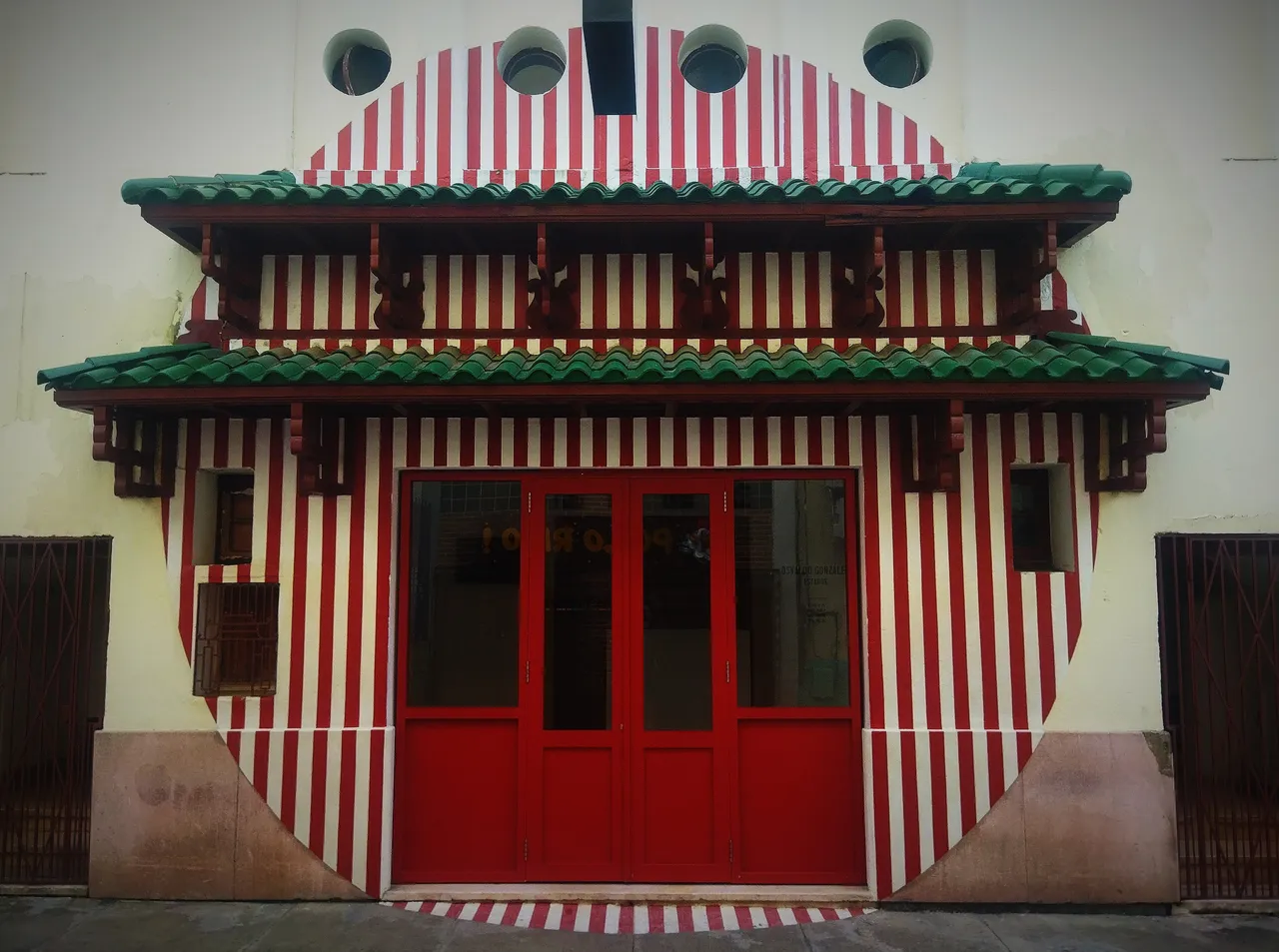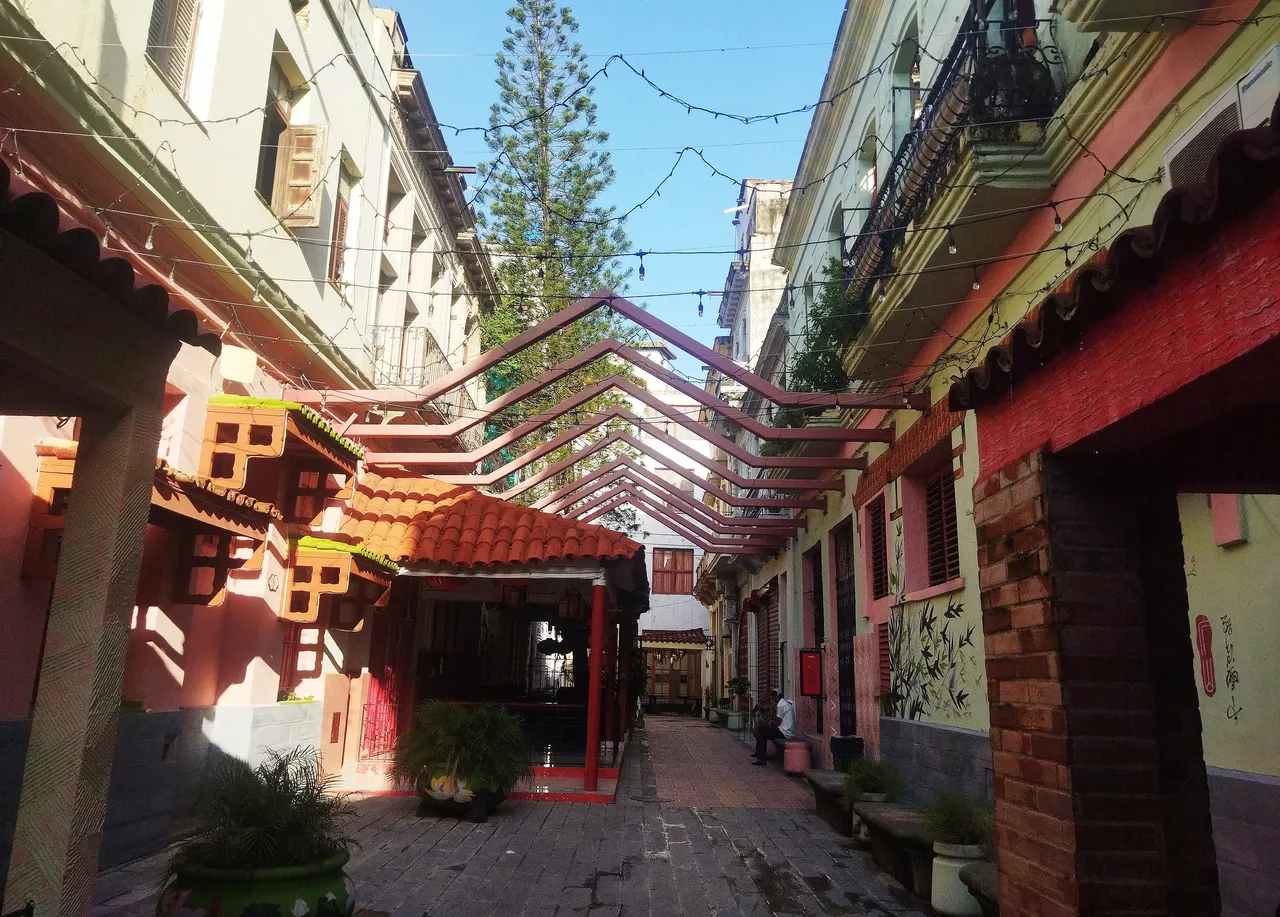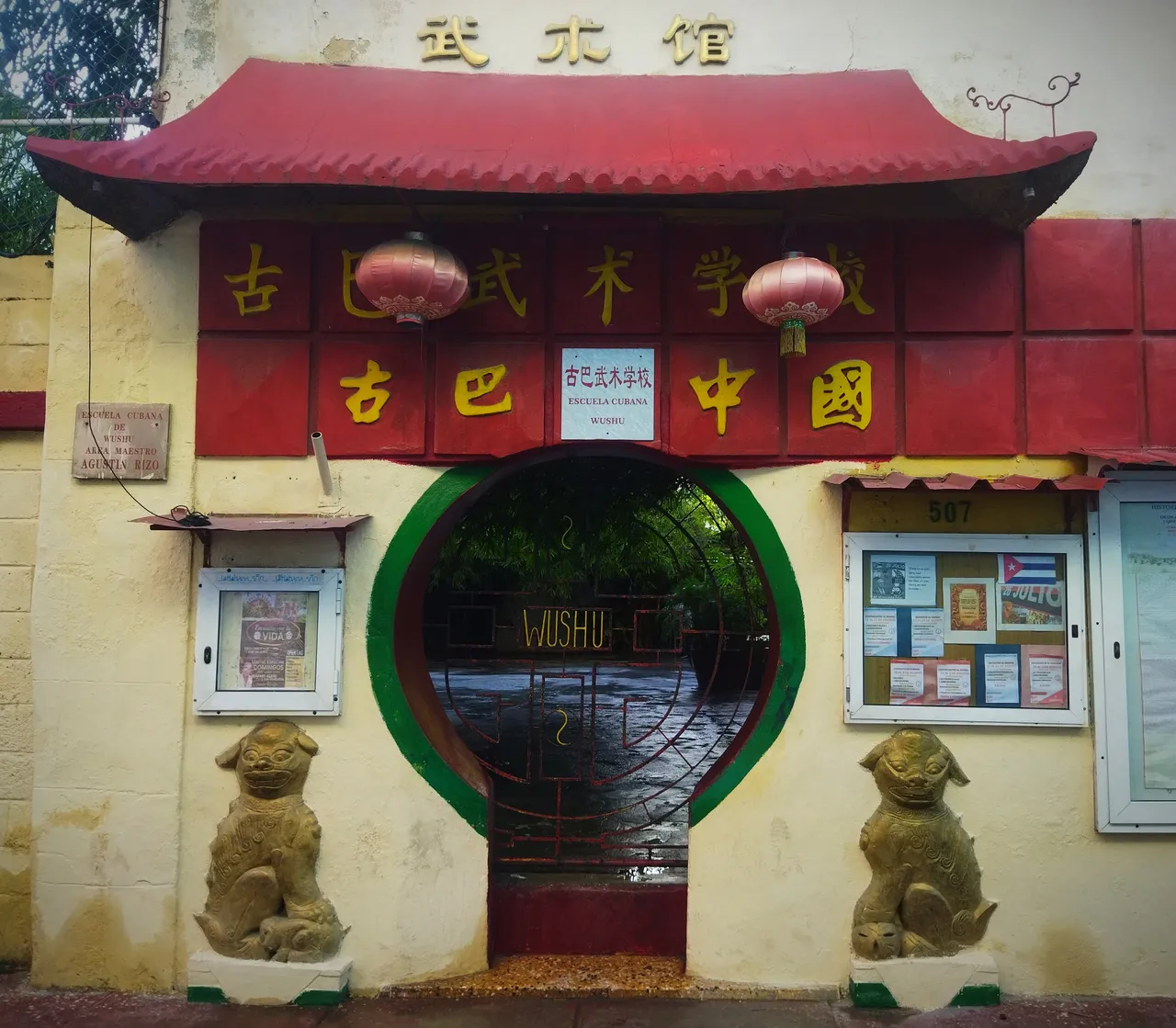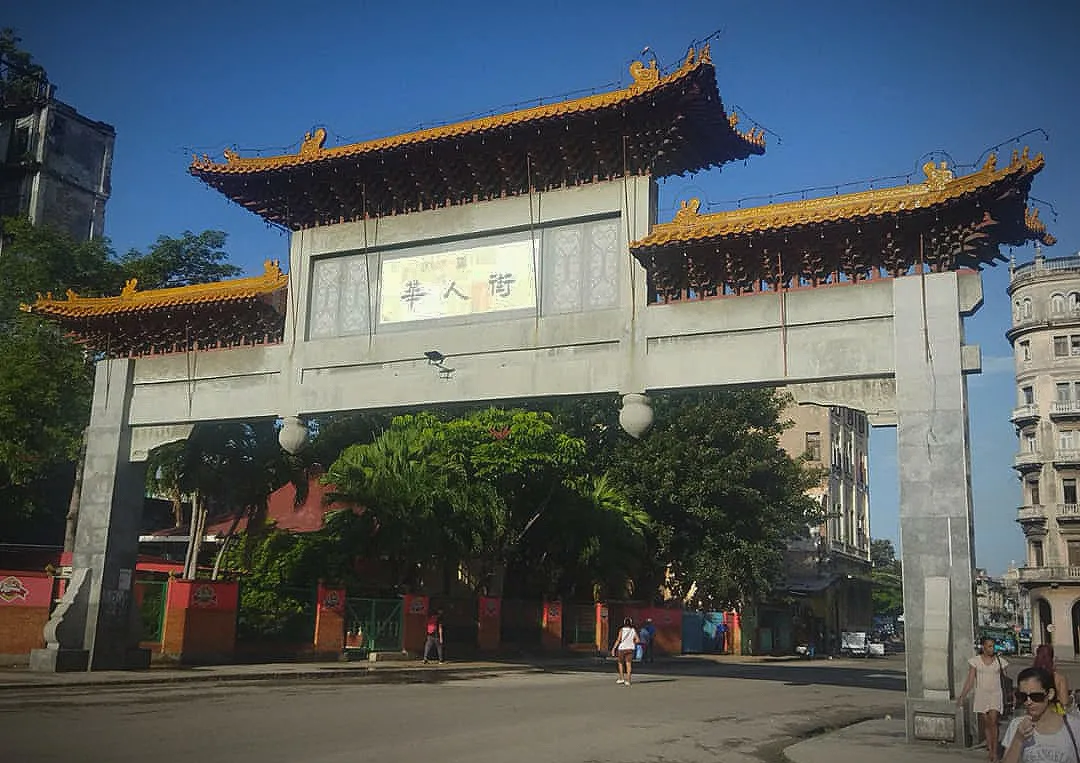
Can you imagine a Chinatown where no Chinese people live?
Welcome to the fascinating Chinatown of Havana, a place full of history and surprises, but today, I invite you to explore its architecture.
In this post, I shared why I arrived at this special corner after such a long time.
Spoiler alert: it was thanks to an invitation from a lifelong friend.
Although the neighborhood has changed, the essence of Chinese culture endures.
Thanks to the efforts of the Chinese Embassy and the Cuban Wushu School, this place has managed to keep a part of the rich Chinese heritage alive in our country.
My grandmother, who lived here, tells me that Chinatown was much larger. Imagine! On every corner, there was one of those stores we all know today as “the Chinese store"
One of the greatest charms of this neighborhood were the fondas, those places where you could eat well for little money.
Workers often made their stop here (my great-grandfather was one of them), enjoying quality food at a great price.
Unfortunately, none of the fondas have survived, but the low-ceilinged, two-story restaurants still remind us of those old times.

Today, the neighborhood has shrunk to about four blocks, but it still retains the essence of Chinese culture in its alleys.
In just a hundred meters, you can feel the heart of Chinese culture in Cuba. Here, you’ll find restaurants offering the famous fried rice and irresistible maripositas chinas (no english translation for this pastries), a delight that all Cubans know and love.
It is said that fried rice was invented in these very alleys. Is it true? That deserves some investigation! (For now, we’ll save it for future posts)
I must say I’m eager to try the ice cream shop because I already know the candy store by heart; they are two of the most visited places in this neighborhood.
Back to Chinatown
Recent projects have beautified the area with gardens and spaces to relax. In these corners, you can find typical products of Asian culture, such as fans and incense, adding a special touch to the atmosphere.

Chinatown wouldn’t be what it is without the work of two key institutions: the Confucius Institute and the Cuban Wushu School.
The former, a collaboration between the University of Havana and Beijing, has become the ideal place to learn Mandarin. Additionally, it organizes cultural workshops for Cuban children to discover the richness of Chinese culture.
I remember that when I was a child, there were kite-flying competitions every month. The winner would take home crafts and, above all, spicy treats from China!

On the other hand, the Cuban Wushu School, with over twenty years of dedication, has promoted Chinese culture in Cuba. Wushu, an ancient martial art, is widely practiced, and Tai Chi is one of its most well-known forms.
What I loved most about returning to this neighborhood is seeing how they strive to maintain and restore the area.
Although it is now more concentrated, every corner is cared for with great attention; the restored areas shine with meticulous detail.
The red colors and yellow letters continue to dominate, giving it that unique touch that evokes Chinese culture.
To conclude this journey, let me introduce you to the majestic gate that marks the entrance to Chinatown.
Its origin is a mystery, but according to historians, it represents the relationship between the Chinese and Cuban people, a connection that began in the 19th century with immigration.

From the Confucius Institute and the Cuban Wushu School, it is said that the gate was financed by the small Chinese community that still remains on the island. The exact origin may be uncertain, but what is certain is that this gigantic Asian-style arch is a symbol of unity.
If you are a tourist in Cuba or planning to visit the island, don’t miss the opportunity to experience Chinatown. It may not be the largest or the best in the world, but your visit will help local businesses and contribute to keeping this cultural gem alive.
I hope you enjoyed this journey through the only Chinatown where no Chinese people remain.
Do you have a Chinatown in your country? What part of this story caught your attention the most?
Feel free to leave your comment! It will be a pleasure to respond.
Read you soon!
[dahpilot]
Image used are mine
